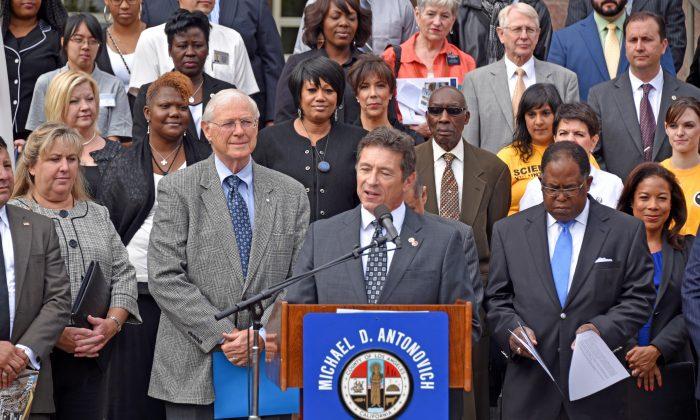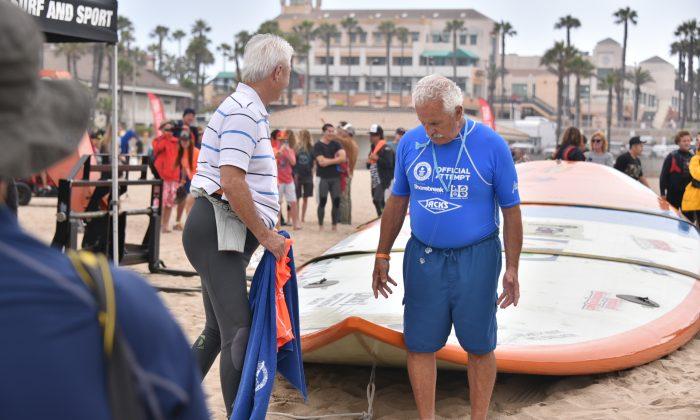LOS ANGELES—Mr. Matthew Tittmann from Washington, D.C., the Government and Public Affairs Specialist at the Selective Service System, met with Epoch Times to discuss the U.S. Selective Service System.
The Selective Service System, more commonly known as “The Draft,” requires all young men aged 18 to 25 years old to register nationally.
The U.S. Selective Service System is made up of local Selective Service Boards (SSB), made up of local men and women volunteers.
The Defense Department wants local SSBs to take a more active role in educating both male U.S. citizens and male aliens living in the United State who must register with their local Selective Service Boards. That’s correct: all documented or undocumented male immigrants as well as male citizens must register.
Benefits of Registering
Most applications for U.S. citizenship will require a male to register with the local SSB if he enters the United States before his 26th birthday.
In 1982, Congress passed a regulation requiring that men be registered before they can be considered eligible for Federal student loans and grants, or job training and placement. This all comes under the Federal Job Training Partnership Act.
Student financial aid includes Federal Pell grants, Stafford loans, and Perkins loans. Federal Work-Study and Title VII and Public Health Act Programs also require registration.
Unknown to many Americans are student financial aid, possibly state-funded financial aid, and most federal employment, some state employment, and other benefits from registering.
It is important for a man to register before he turns 26. Afterward, he can no longer register and may be permanently ineligible for some federal benefits.
Because this registration is legally mandatory, failure to register has penalties. A person may face up to a $250,000 penalty, prison term up to five years, or combination of both.
History of the Draft
“The fairest draft of all, if there has to be a draft, is one in which everyone is called,” states a pamphlet from the Selective Service. The practice goes back to militias in Colonial America. When conscription was used, however, a man could marry, pay a commutation fee, or hire a substitute to avoid military service.
During the Civil War, both sides turned to conscription. However, one could hire substitutes and avoid military service. Often, the substitutes were better paid than the volunteers, causing major problems among the ranks.
Because of these inconsistencies and weaknesses, including marriage, the post Civil War period organized local groups of civilians to decide who would be drafted. WW I was the first war to implement this form of standardized conscription.
World War I
1917–1918 Drafted: 1,666,867 men
1940 Selective Service System became a permanent agency.
World War II
1940–1946 Drafted: 10,021,279 men;
Korean War
1950–1953 Drafted: 1,681,820 men
Vietnam War
1964–1972 Drafted 1,766,910 men
Of nearly 8.8 million Vietnam War service members, less than 1.8 million entered through the draft. Significant changes occurred to the regulations also at that time. 1) Fewer reasons to excuse a man from service (marriage, student, occupation, etc.) 2) Lottery based on birth dates to determine the order in which men would be called. 3) Starting at age 20, each year reduced the risk of being called up until 26, when he was too old for “first-time” consideration.
Since the Vietnam War, the serial U.S. military actions in the Middle East and other actions around the world had sufficient manpower to accomplish their missions without a draft.
How to Register
• Register online at http://www.sss.gov
• High school registrar, half of the nation’s high schools have a Selective Service Registrar
• All Post Offices have Selective Service registration forms
• If living overseas, the U.S. Embassy or consular offices can provide registration forms



